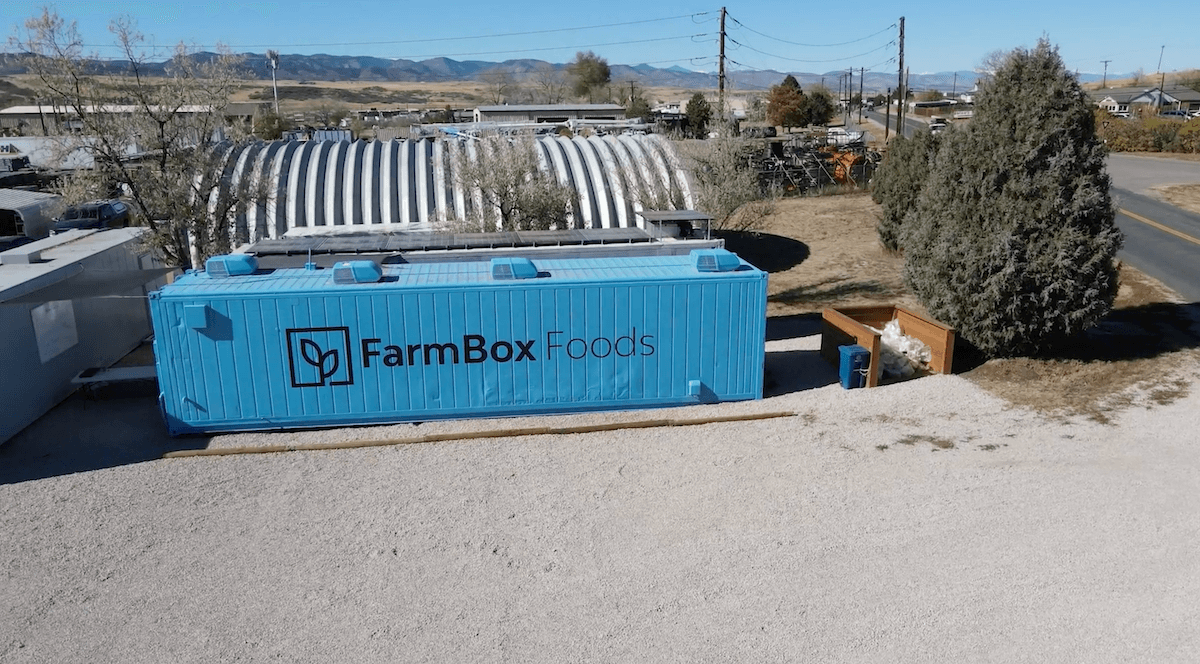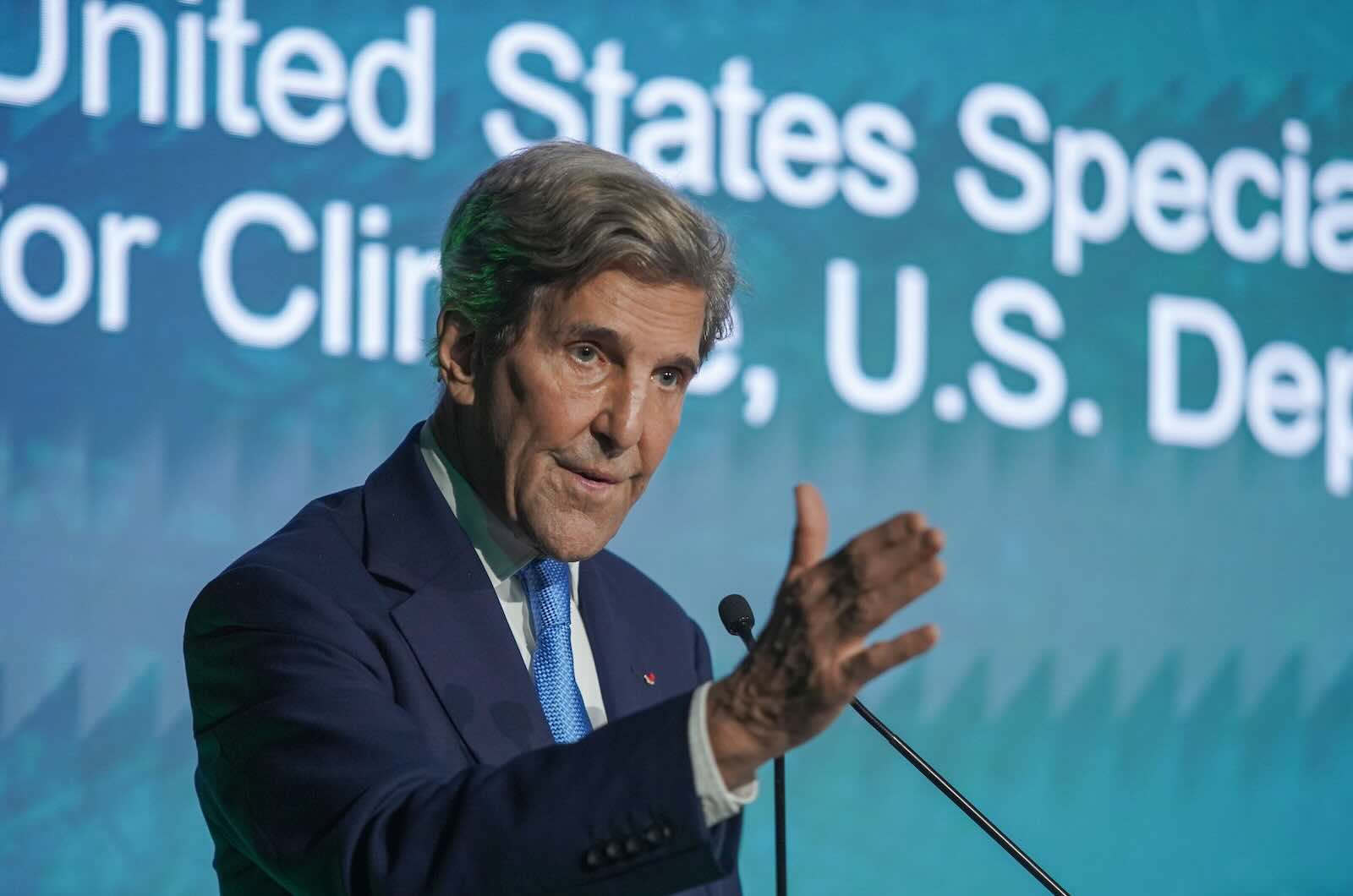ImpactAlpha, May 24 – Several years ago, when I was just starting ImpactAlpha, I was summoned to a meeting with the éminence grise of social entrepreneurship, Bill Drayton. As a reporter, I had known him for years; a lunch with Bill was always a bounty of insight and optimism. Now I was an entrepreneur myself and this meeting felt different.
My contacts at Ashoka, perhaps the original network of social entrepreneurs, which Drayton founded in 1981, had tried to prep me. “Don’t mention impact investing,” they warned. “Bill hates impact investing.”
And so on a proverbially dark and stormy night, I drove to SFO to meet Bill at an airport hotel before his redeye back east. The lobby’s enormous high-backed leather chairs nearly hid Bill’s slight frame. We settled in with drinks – tea for Bill, as I recall. I talked about entrepreneurship, journalism, social innovation and the levers to shift global capital. Bill cut in.
“You’re talking about impact investing,” he said and, in so many words, that he hated impact investing.
The gist of Drayton’s criticism was that a series of deals, even those with actual impact, did little to transform the underlying economic, political and financial systems that produced injustice, inequity and dysfunction in the first place. That is, rather than being the new pattern, impact investing was an extension of the old pattern.
Beyond neoliberalism
I was reminded of the episode last week as I watched the Hewlett Foundation’s Larry Kramer go at it with the Ford Foundation’s Darren Walker and Heron Foundation’s Dana Bezerra at the Chicago gathering of Mission Investors Exchange. Among impact investing geeks, the main event was the fireworks over whether to direct foundation-endowment investment toward “mission.” The combatants didn’t disappoint.
Kramer was a lightning rod for his skepticism about redeploying Hewlett’s $9 billion endowment, in addition to its grant budget. At a subsequent event, Kramer said being the impact investing doubter at that conference was like telling a crowded religious revival there is no God.
>>MORE: All Hands on Deck, an ImpactAlpha special package
More profound was Kramer’s broader point, which Walker and Bezerra did not dispute, that impact investing represents not too much change, but too little.
“You’ve presented this as if we’re going to change the market economy…we’re not,” Kramer said. “If you think the market economy needs to be changed, and I do, this is not the way to do that.” (Full disclosure: The Hewlett Foundation is a financial sponsor of ImpactAlpha.)
If prosperity in the post-World War II era was in part a function of a bipartisan consensus around a “mixed economy” in which government played an essential role, that has been replaced in the last 40 years by a kind of market fundamentalism under the broad banner of neoliberalism. “We lost,” Kramer says bluntly.
Organized philanthropy once functioned as a kind of advance guard for public policy (think public health or Social Security). With government increasingly immobilized, shifting “the market” has become more attractive as an alternative theory of change.
Lata Reddy, who heads Prudential Financial’s substantial impact investing activities, made a similar point at the same conference. Like Kramer, a former Stanford Law School dean, Reddy was previously a lawyer (in her case, a civil rights attorney in the U.S. Department of Education). “I was passionate about the work but frustrated by the outcomes,” she says now.
>>MORE: Prudential Financial’s investments in equity and inclusion – and Newark
Litigation and settlements, she realized, were “putting a bandaid on the backend,” and she wanted to take head-on the structural issues that created problems in the first place. “As I got more into it in a corporate environment, it was about realizing the power of capital markets,” Reddy told me. “If we want to get this impact at scale, we’ve got to get this embedded in business models and change the way we think about capital.”
Kramer isn’t buying it. “Just as we’re reaching the point, after a 40-year reign of market fundamentalism, that we recognize markets have huge problems, that philanthropy has just discovered the market,” he said. “In some ways philanthropy is 10 years behind.”
Rather than warmed-over market solutions, Kramer is looking for a more fundamental rethinking. On the basis of a 14-page essay called “Beyond Neoliberalism, Hewlett has embarked on a two-year, $10 million effort to identify a new intellectual paradigm suited to the challenges of wealth inequality, wage stagnation and economic dislocation due to globalization and automation. The populist rumblings of recent years indicate the broader hunger for a market reordering, he notes.
I took the opportunity to read Kramer’s memo. My first question is whether a critique of neoliberalism may itself be passé in our post-modern swirl of ideology and alliances. The exhaustion of the idea may already be a given; the challenge is what comes next. My bigger question is whether the negative framing — beyond the old thing, rather than toward the new thing — itself reflects a failure of imagination. Kramer says we simply don’t yet have the answers.
Theory of change
I’m no economist, but it seems as if the propositions impact investors are testing at least point toward a new paradigm. In a global system, there are no externalities. Social and environmental impact is the global growth story. Inclusion pays off. Falling costs are opening the way to new models and new solutions. Abundance is replacing scarcity. A global 21st century regeneration is urgent, possible and already underway. Women are leading.
>>MORE: Talking and walking the impact investment beat
Moving all of Heron Foundation’s $250 million endowment, or $1 billion from Ford Foundation’s $12 billion endowment, or even all of Hewlett’s $9 billion, is not enough, of course, to fundamentally change global capital markets. Neither is all of the $114 billion in impact investment capital identified last year by the Global Impact Investing Network. But if we succeed in mobilizing the $15 trillion or so needed to keep climate change under 2-degrees Celsius, or the $30 trillion-$40 trillion required to meet all of the U.N.’s 2030 Sustainable Development Goals, we might just reshape global market-systems as well.
Which brings us back to that wide-ranging system-change conversation with Bill Drayton near the airport. I agreed that impact investing simply as a flavor of wealth management was not nearly enough. But valuing and accounting for impact opened possibilities for the next wave of change and, importantly, created a constituency for it. As investors moved money, data and market mechanisms would follow and create more momentum. As the still-underappreciated value of social and environmental regeneration wormed its way through the machinery, the markets would shift.
The impact investing theory of change, then, is to use the markets’ own mechanisms to redirect them for good. More than just “a series of deals,” the point is to drive markets to serve their function of deploying capital at scale for the great civilizational rebuilding. Whether we call them “markets” at that point or optimization engines for the common good won’t matter.
I think in retrospect Bill was interviewing me for a job I hadn’t applied for and wasn’t offered. So perhaps I was less than convincing. Indeed, the verdict is out on whether impact investing is able to pull the lever of system-change. But it seems to me a place where the right questions are being asked, and new ideas are emerging.
To quote Larry Kramer himself: “The innovative thinkers who develop a new framework still do so from within an existing scaffolding that structures and limits their imaginations. Over time, the old framework recedes, and the new one is elaborated,” he wrote in his memo.
“Ideas that once seemed implausible are seen in a new light; previously undreamed of new ideas emerge; these are then developed and elaborated, in turn shifting the ground still further. New intellectual frameworks do more than justify policy ideas we already have: Over time, they change what we can imagine.”











